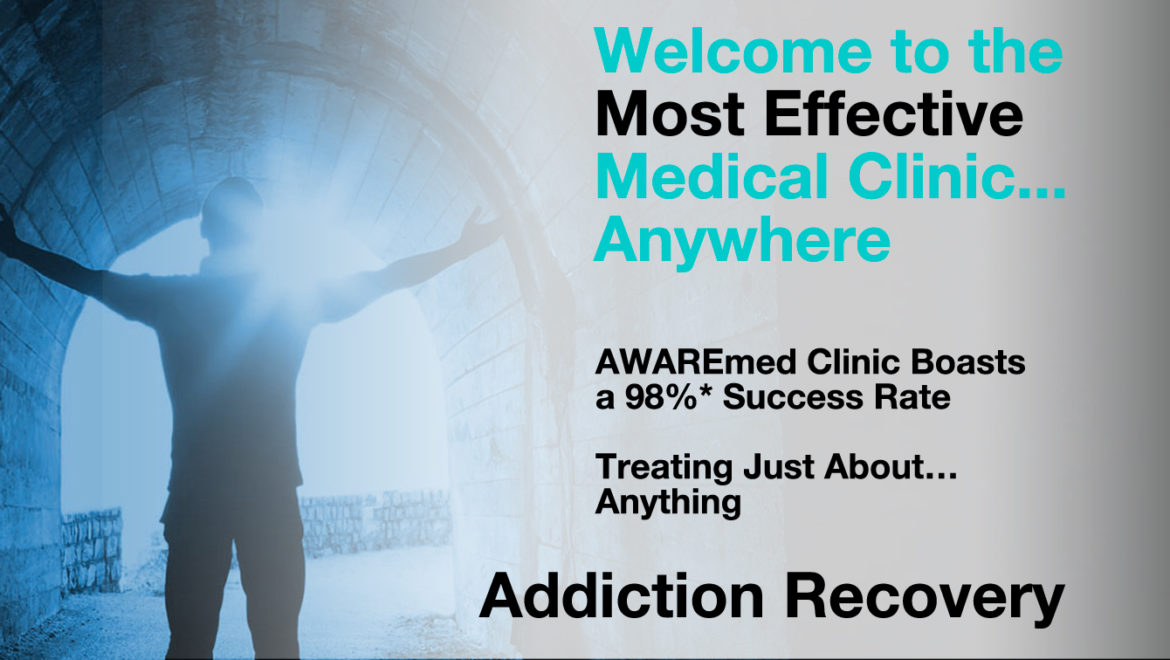Moderate alcohol intake and Abuse

Moderate alcohol intake and Abuse is separated by a very thin line and is often not noticed when one is crossing over to misuse
Moderate alcohol intake and Abuse: Consequences of Alcoholism
When it comes to health, there is a very thin line between moderate alcohol intake and abuse. What that entails is simple and straight that anyone using alcohol is on the highway and crossing red line is just a matter of time. You may be drinking today say in moderation but your generation is a collection of people struggling with alcoholism which puts you in a risky position of following suit. Like for instance, in the recent studies, it has been established some significant relationship between genetic factors in alcohol and nicotine addiction relationship which may explain partially why alcoholics are often smokers. Alcohol consumption combine with smoking can be life threatening some studies have indicated that people who are alcohol-dependent and also smoke at the same time are more likely to die of smoking-related illnesses than alcohol-related conditions. Besides that doctor Dalal Akoury MD President and founder of AWAREmed Health and Wellness Resource Center reiterates that abuse of other drugs is also a common among alcoholics further complication the already difficult situation. That is why to be on the safe side of life, you need to free yourself of all kinds of substance abuse. This may not be easy but with the professionalism at AWAREmed health, you struggle will be addressed expeditiously. All you need to do is to schedule an appointment with doctor Akoury now.
Moderate alcohol intake and abuse: Liver disorders
Alcoholic Hepatitis and Cirrhosis – Alcohol is absorbed in the small intestine and passes directly into the liver, where it becomes the preferred energy source thereby endangering the functions of the liver where alcohol is converted to toxic chemicals like acetaldehyde, which trigger the production of immune factors called cytokines when these appears in large amounts they can cause inflammation and tissue injury. Even moderate alcohol intake can produce pain in the upper right quarter of the abdomen — a possible symptom of liver involvement. In many cases, such symptoms may be an indication of fatty liver or alcohol hepatitis, which are reversible liver conditions. Many alcohol consumers often drink on an empty stomach this increases the risk for liver damage.
Hepatitis B and C – People with alcoholism may have lifestyles that put them at higher risk for hepatitis B and C. Chronic forms of viral hepatitis pose risks for cirrhosis and liver cancer, and alcoholism significantly increases these risks. People with alcoholism should be immunized against hepatitis B. There is no vaccine for hepatitis C. the dangers of not having a vaccine can only mean that if you are alcoholic then more health problems. You can recover from all these by visiting AWAREmed Health and Wellness Resource Center. This facility was founded by doctor Dalal Akoury who is respected for her commitment in eradicating addiction and other related health complications. She has been in this profession for several decades administering treatment efficiently and naturally by focusing on Neuroendocrine Restoration (NER) to reinstate normality through realization of the oneness of Spirit, Mind, and Body, Unifying the threesome into ONE. The unity of these elements will be the much needed breakthrough for your addiction problem.
Moderate alcohol intake and abuse: Consequences of alcoholism








